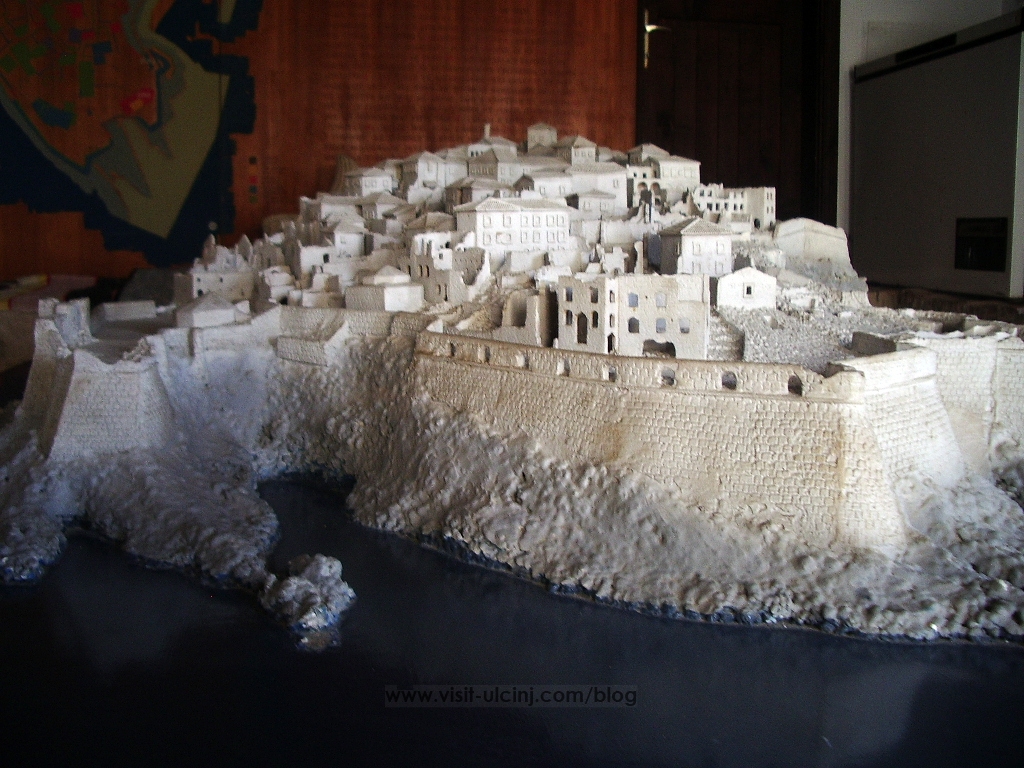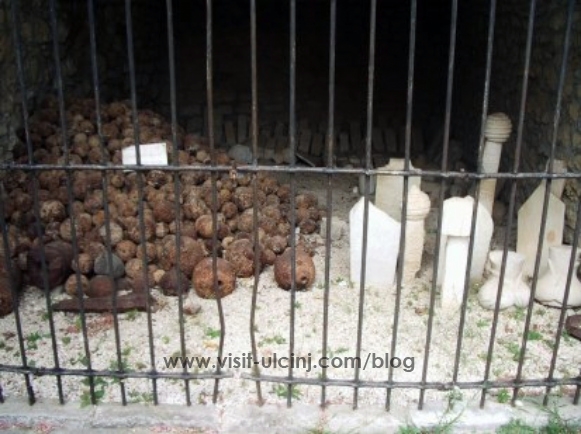Ulcinj, Montenegro: A story of pirates
 During 16th century the Turks were quickly advancing across North Africa and Europe, they had already subdued most of the Balkans and in 1525 they even reached the gates of Vienna. A few decades later started to struggle for Mediterranean supremacy and in 1570 besieged Nicosia and attacked Cyprus with 300 galleys. Spain, the Pope and Venice, together with some minor allies, congregated a big Armada to confront the Turkish and to avoid Ottoman domination of the Mediterranean Sea. They succeeded in one of the biggest naval battles in history, Lepanto, in 1571.
During 16th century the Turks were quickly advancing across North Africa and Europe, they had already subdued most of the Balkans and in 1525 they even reached the gates of Vienna. A few decades later started to struggle for Mediterranean supremacy and in 1570 besieged Nicosia and attacked Cyprus with 300 galleys. Spain, the Pope and Venice, together with some minor allies, congregated a big Armada to confront the Turkish and to avoid Ottoman domination of the Mediterranean Sea. They succeeded in one of the biggest naval battles in history, Lepanto, in 1571.
Chronicles say that Turkish fleet suffered a terrible defeat, but some galleys managed to escape from the massacre. Among them was the group of Admiral Uluz Ali Pasha, a former Algerian pirate who was able to sail northwards and shelter in the small cove of Valdanos, close to Ulcinj.
There, Uluz Ali and his 400 Algerian survivors took up their old occupation and started pirating all along the Adriatic and Mediterranean seas. Ulcinj became a sort of Tortuga Island, being not island nor Caribbean, but a fortified Mediterranean city that for 200 years hosted generations of buccaneers and hordes of unfortunate slaves. Several features remain from this awesome past, such as a pirate dance in the local folklore, or a black community that at the beginning of 20th century reached more than 100 free individuals, whose mixed descendants still walk through the streets of Ulcinj and speak Albanian language.

In Ulcinj‚Äôs Old Town there is a square with several vaulted cells locked with wrought-iron gates where slaves were exposed and sold out. It is said, asserted indeed, that one of this cells hosted for more than five years Don Miguel de Cervantes Saavedra. History books are wrong and the author of Don Quixote was not imprisoned in Alger, but in Ulcinj, known by that time by its Italian name Citt√† D‚ÄôUlcino. Legend says that from his cell Cervantes was able to observe one Montenegrin girl on which he completely felt in love, just as his character Don Quixote lost his mind for Dulcinea. Whether the name ‚ÄúDulcinea‚ÄĚ pays homage to this girl and Cervantes‚Äô imprisonment in Citt√† D‚ÄôUlcino is open to speculation, but confirms that Montenegrin legends are rather brilliant.
Publicado por Miguel G. L√°zaro en Enero 16, 2009
www.balkanidades.com






